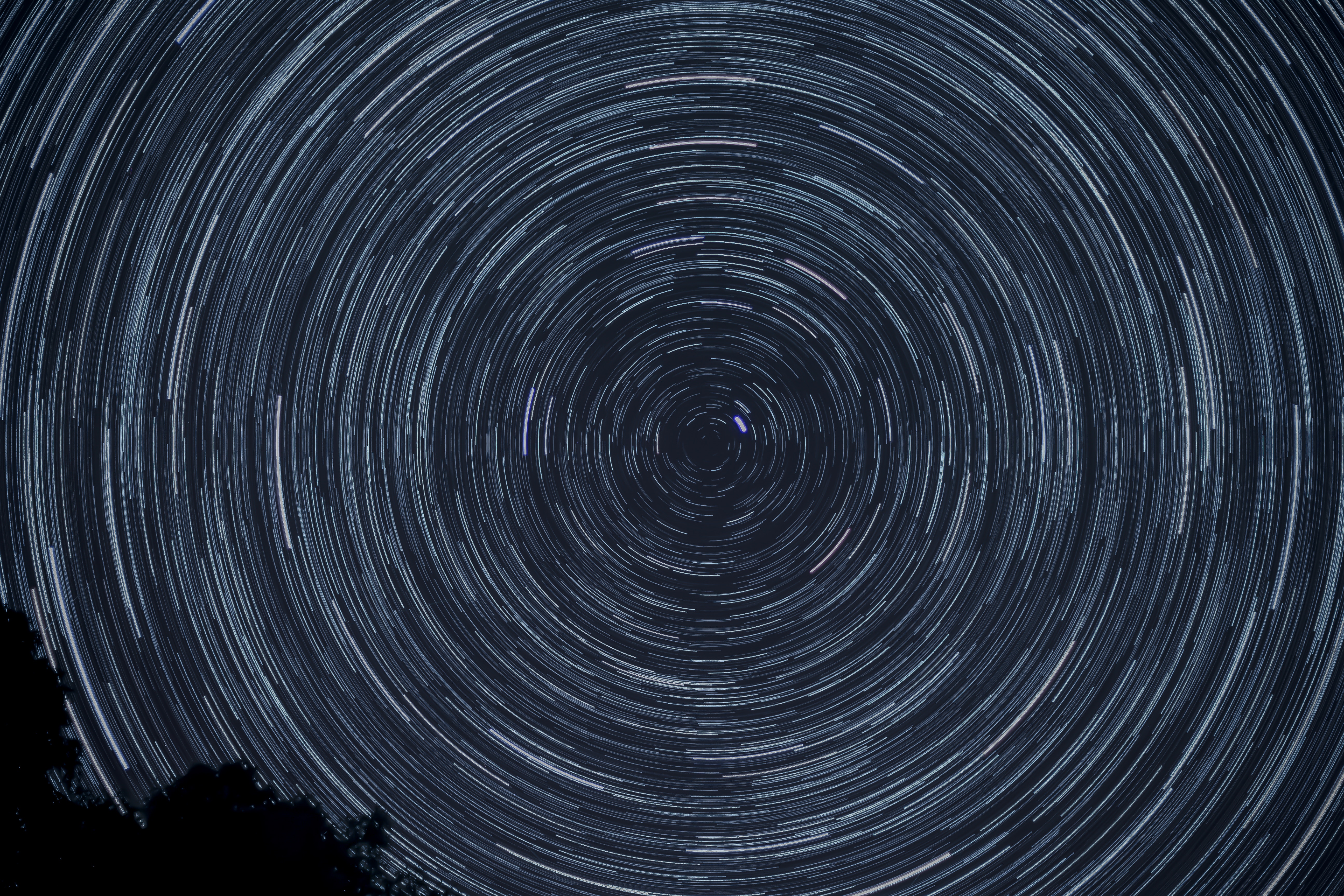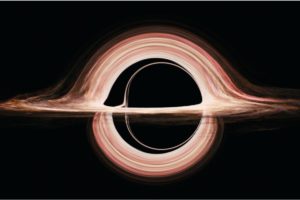
Prompt Images
For Black Holes, Seeing Is Believing: Preparing for a Historical Moment in Science
The Announcement
Mark your calendars people, next Wednesday, April 10th promises to be a potential history-maker. That’s because the Event Horizon Telescope research collaboration is set to make a BIG announcement around 9 A.M. EST.
You might be asking yourself—what’s the announcement about?
And, while I’m asking questions—the hell is an Event Horizon Telescope?
The Event Horizon Telescope (AKA, the EHT) is basically the world’s biggest telescope. Actually, it’s a world-sized telescope. You see, the EHT takes radio based astronomical observations from “telescopes” 1 all over the world and stitches them together into giant collective images with a similar resolution to what you could achieve if you had a telescope as big as planet Earth. So the EHT isn’t a single telescope, but the coordinated efforts of many telescopes that are pointed at the same place in the sky.
Okay, so that’s where the T in EHT comes from.
Next question you might be asking yourself: what’s an event horizon?
The event horizon is the invisible boundary around a black hole that you do not, under any circumstances, want to cross, because once you do, you can never, under any circumstances, leave.2 In fact, not only can you never leave, but you will eventually find gravity tugging at you so strongly that you’ll undergo a process known as spaghettification.
So, putting this all together, the EHT is a telescope that was created to capture an image of the event horizon of a black hole.
Which means that if the EHT research team has a big announcement to make, in all likelihood
WE ARE ABOUT TO SEE THE FIRST EVER PICTURE OF A BLACK HOLE.
Wait, I’ve Seen Lots of Pictures of Black Holes
No. No. No.
You’ve seen artistic renderings of black holes. You’ve seen gorgeous simulated images of black holes. Maybe someone once just showed you a photo where the camera lens was left on and you were like, “I’ll buy it.”
But you’ve never seen a picture of an actual black hole. Nobody has. What astronomers have observed so far is the motions of other stars around the empty area in space where they suspect a black hole is hiding. They’ve “heard” the sounds of two black holes colliding in a galaxy far, far away. But scientists have yet to actually see one.
Wait, how can anyone see a black hole?
It is admittedly a bit counterintuitive. A black hole is a region of spacetime where gravity is so strong that even light cannot escape. They are called black for a reason, after all. Also, space is black. So how could we see one?
This is why it’s called the Event Horizon Telescope and not the Black Hole Telescope. What scientists are hoping to see isn’t the black hole itself, but a bright ring around the black hole. This bright ring is the swirl of energetic gases that have yet to be sucked into the black hole—they lie just outside of the event horizon.

Sorry to disappoint folks, but this black hole from Interstellar was not shot on location.
So, how big a deal is this?
In the scientific community, especially physics and astronomy, this is going to be yuge. Like bigly yuge. Remember how for a day or two the world suddenly got woke to the Higgs boson, and then a few years later they got woke to the fact that spacetime can have waves? If the EHT team releases a picture of an honest to god black hole, the scientific community is going to lose its shit worse than the city of Lubbock if Texas Tech wins the NCAA tournament next Monday.
In some ways, the EHT project is not nearly as enormous as the experiments that brought us the Higgs and gravitational waves. The Higgs was discovered only after we built the Large Hadron Collider—arguably the most expensive “machine” ever made. The LIGO experiment that found gravitational waves, too, was a rather enormous endeavor. By contrast, the EHT has used existing radio telescopes to take data. It’s a massive effort, but most of the effort is in processing the data, more so than gathering it in the first place.
But though its origins are bit more humble, the EHT has something to offer the public that those previous experiments did not: pictures. You can’t see a Higgs boson. Or gravitational waves.
But you can see a black hole’s event horizon.
And for visual creatures such as ourselves, this could mean the difference between some polite conversations amongst the laity about how to pronounce “boson” vs. viral memes that could break the internet for a day a la the blue/white dress.
Thankfully, lucky Prompt readers, I’m going to give you a little primer on everything you need to get more excited for the big day next week.
In Part 2 of this series—running on Monday—I’ll do a Black Hole FAQ.
In Part 3 of this series—which will publish on Tuesday—I’ll run through possible scenarios for Wednesday’s announcement.
Footnotes:
1 Stars give off visible light, but many astronomical objects give off other kinds of electromagnetic radiation that falls outside the visible range. For such objects, you need a different kind of telescope—thus radio telescopes—which can detect X-rays and other kinds of radiation you can’t see with your eyeballs.
2 Not unlike a certain paid-lodging establishment in California.
